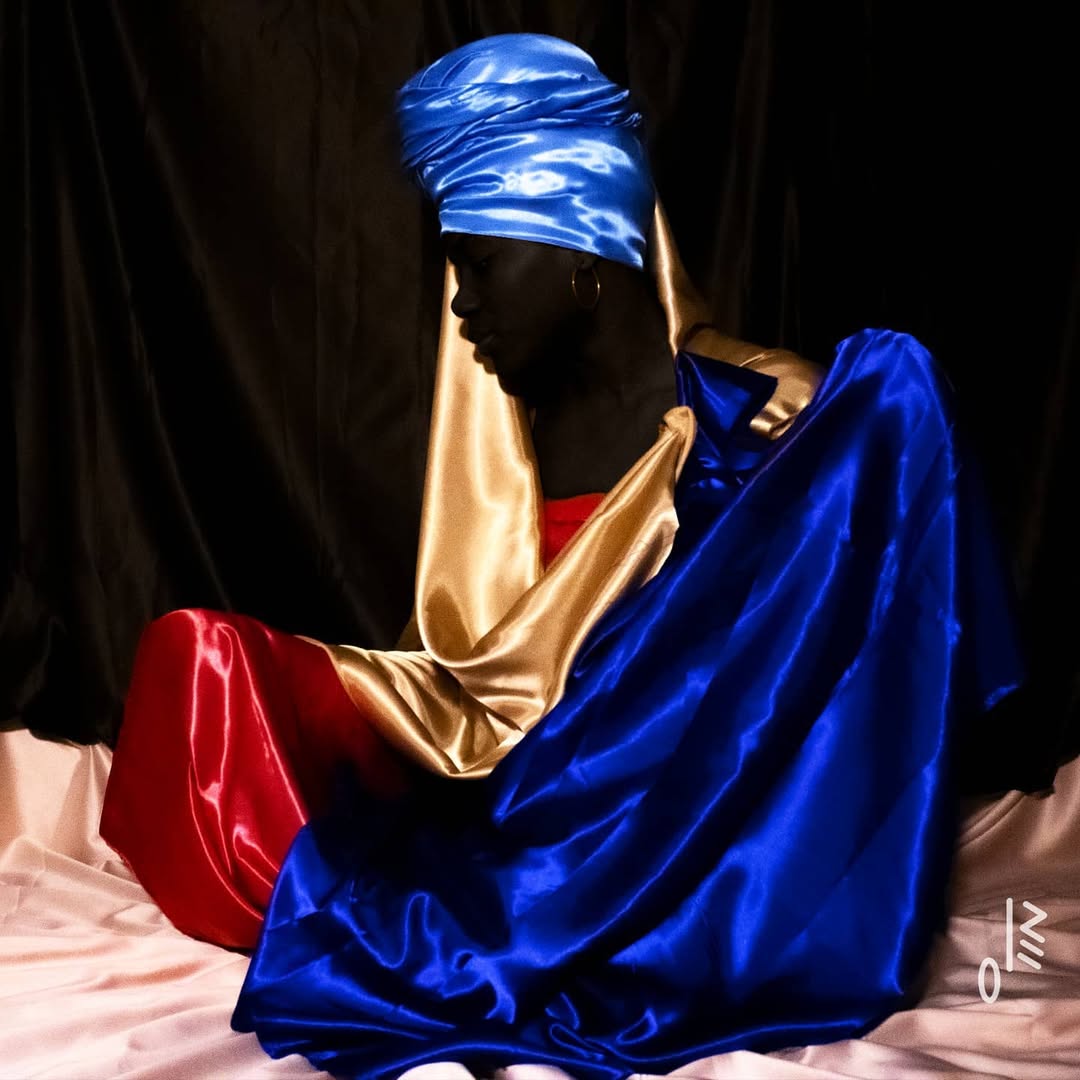
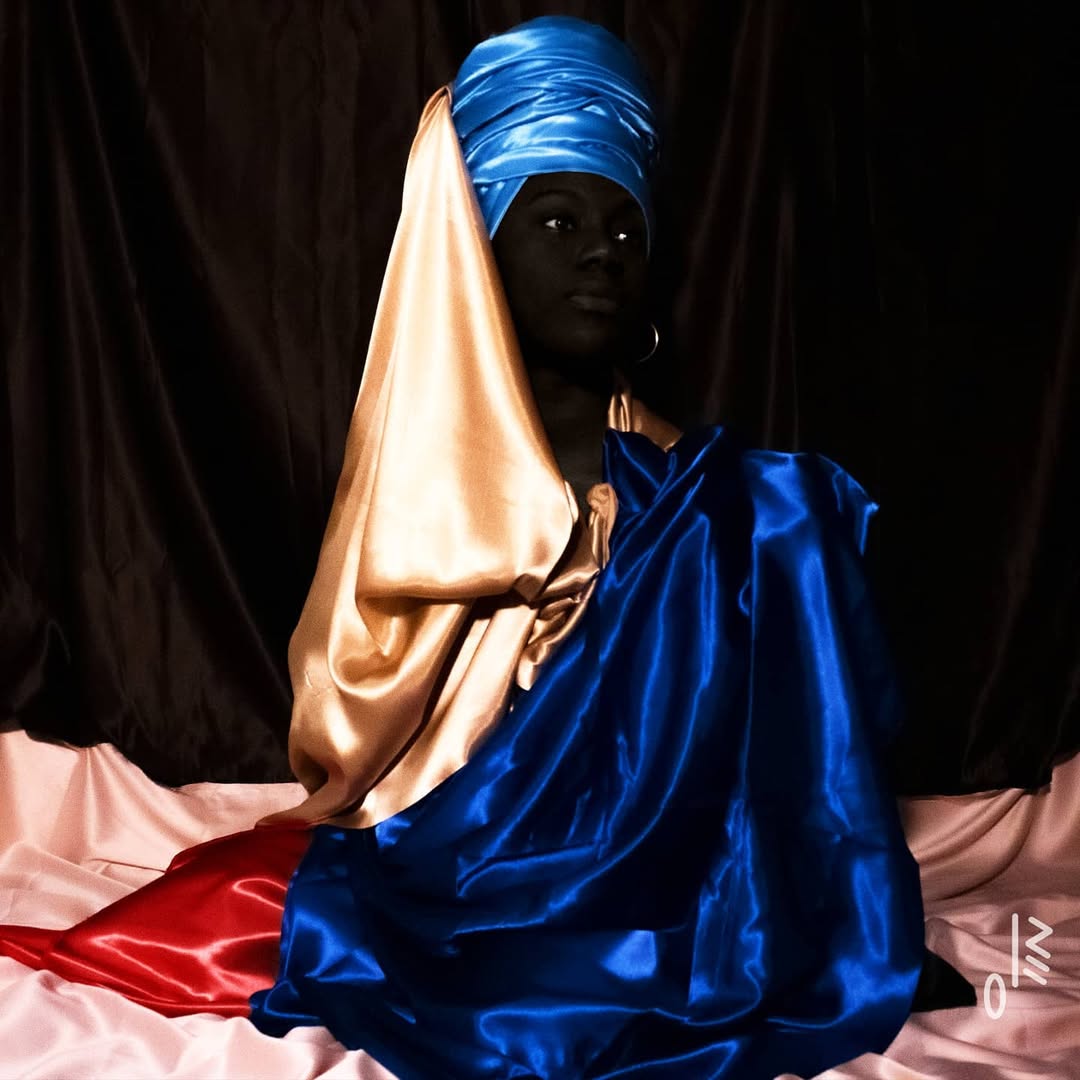
What were some of the first photos you remember taking?
Believe it or not, it all started in 2014. I honestly can’t remember much about the pictures I took before then, whether with a film camera or a phone, though I know I’d played around with film photography before. But what really made 2014 stick out was buying my first-ever camera, a Canon SX 160 IS.
That camera changed everything for me. It was the first time I actually kept images stored on the SD card instead of exporting them just to delete them later. Something about holding on to those old images, knowing I could revisit them whenever I wanted, felt so good. It made me more intentional about the photos I was taking and reminded me of how much I enjoyed capturing little moments.
That was also the same year I took a pre-college program at the School of Visual Arts in Manhattan, the same school I ended up attending for undergrad. It was such a big year for me creatively. Having my own camera and getting a taste of what it was like to dive into art seriously made me realize that this was the path I wanted to follow.
Can you describe your approach to capturing what it is you’re trying to capture?
My approach to capturing portraits comes from my old painting techniques and my love for late Baroque and Renaissance art. I’ve always admired the dramatic play of shadows and light, it’s so captivating and a real reminder of how amazing God’s creations are.
There’s something about that dramatic lighting, especially chiaroscuro, that takes me back to my childhood in Haiti. I remember seeing soft light rays coming through the window during midday, making the dust particles dance in the air. At the same time, the rest of the room stayed dark, and that contrast between light and shadow always stuck with me. It felt so magical and real at the same time. That memory inspires me and is something I try to bring into my portraits.

What does taking a self portrait mean to you?
Self-portrait, to me, means a lot of things. It’s about exposing my bare soul, being a source of inspiration and motivation, and, most importantly, reflection. Heavy on the reflection, because one thing about me is that I love to observe, and my observations are always in the details. It’s easy for me to notice the little things about the world and other people, but not so much about myself.
Doing self-portraits is my way of observing and noticing myself. It’s like becoming familiar with Lewis. Who is she? I have conversations with her every day, but I’ve never truly come face-to-face with her. Who is she, really?
Self-portrait is also about making a statement. As a Black woman, I am a statement all on my own. Creating these portraits allows me to highlight and celebrate that. It’s a way of showing up for myself, claiming my space, and saying, “This is who I am.”
What’s the hardest part directing yourself?
Oooh! Okay, so the hardest part is definitely the setup. Forget the endless poses, that’s actually the easier part because I can look back at each shot, figure out what I can do differently, adjust whatever I’ve draped on myself, or fix my headwrap. But the setup? That’s a constant challenge, especially when you’re working with a small space.
It’s a nonstop process of getting up to adjust one light stand that’s only two feet away, readjusting it again and again, only to realize the other light stand needs tweaking too. Then I’m bringing the camera a little farther back to zoom in because I prefer the quality that it gives, raising the light intensity on one stand because I don’t want to increase the ISO on my camera.
Getting up from my pose repeatedly to adjust everything, it’s not the most fun and can definitely be taxing on the body, but by the grace of God, it’s all worth it in the end.
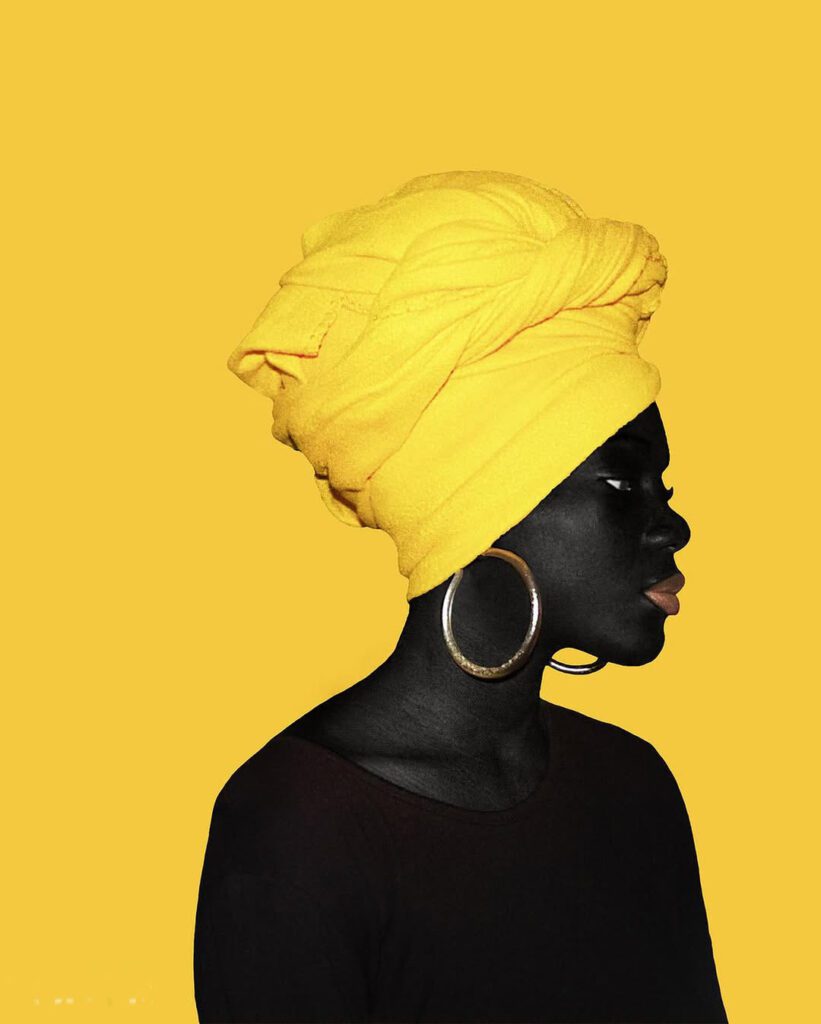
How do you decide on the themes or subjects you want to explore?
It’s usually based on how I’m feeling in the moment. If I just read something sad in the news, the colors and lighting will reflect that mood. If I get a silly or cute text from my crush, the colors are bound to be soft and bright. And if I’m reflecting on the goodness of God, which, honestly, I do all the time because God is so good, it will show through the dramatics in the visuals.
One thing I always make sure of is to bring my skin tone closer to the rich, dark tones it naturally is, or I exaggerate it. Sometimes, the lighting washes me out, and I’ll make adjustments. Other times, I hardly have to do any editing. Like in one of 2024 self-portrait series, “Ineffable Encounter,” my skin in the raw files and even through my phone lens looked exactly as it does in the final images.
Most of the time, I just let the Holy Ghost guide me. It’s the best thing ever because the results always feel authentic and inspired.
How does your environment or background play a role in your photography?
I was born and raised in Haiti for the early part of my childhood before moving to the United States. Growing up, I was surrounded by beautiful cultural paintings all over the streets, created by incredible Black artists. The paintings often depicted Black people, painted in rich dark blues or deep browns. The contrast with the bright colors around them was striking. It was so rich, so beautiful. You can definitely see that influence in my photographs today.
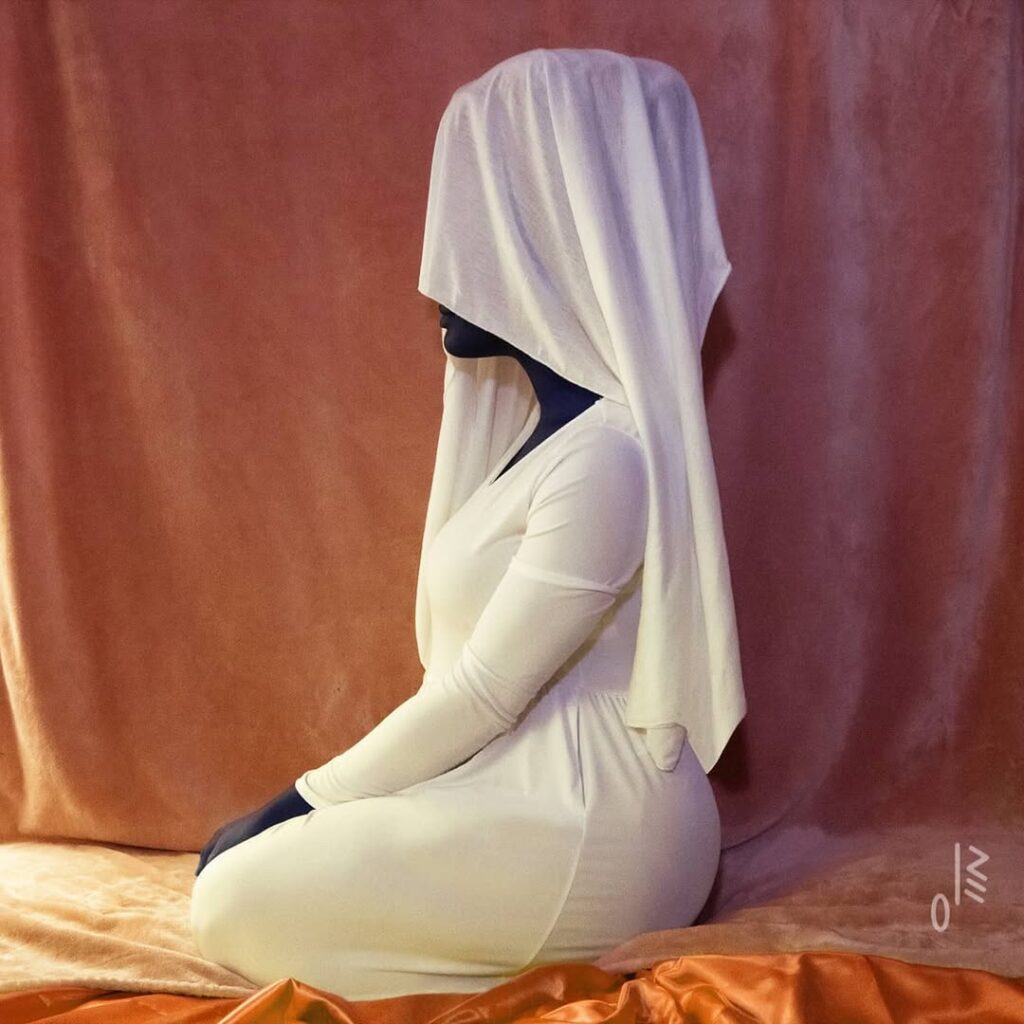
What’s a particular project or photo series that has been most meaningful to you, and why?
The most meaningful photo I created has to be my 2020 self-portrait titled “Evolved.” Before that, I was all about black and white. Honestly, I was scared of color. I was afraid I’d mess up my work by adding color or that it would look weird, so black and white just felt safer and easier.
I’m not sure exactly what caused the shift, but I just knew that I wanted to grow in my style and practice. I was ready to step outside of my comfort zone and start experimenting with color and “Evolved” was the first.
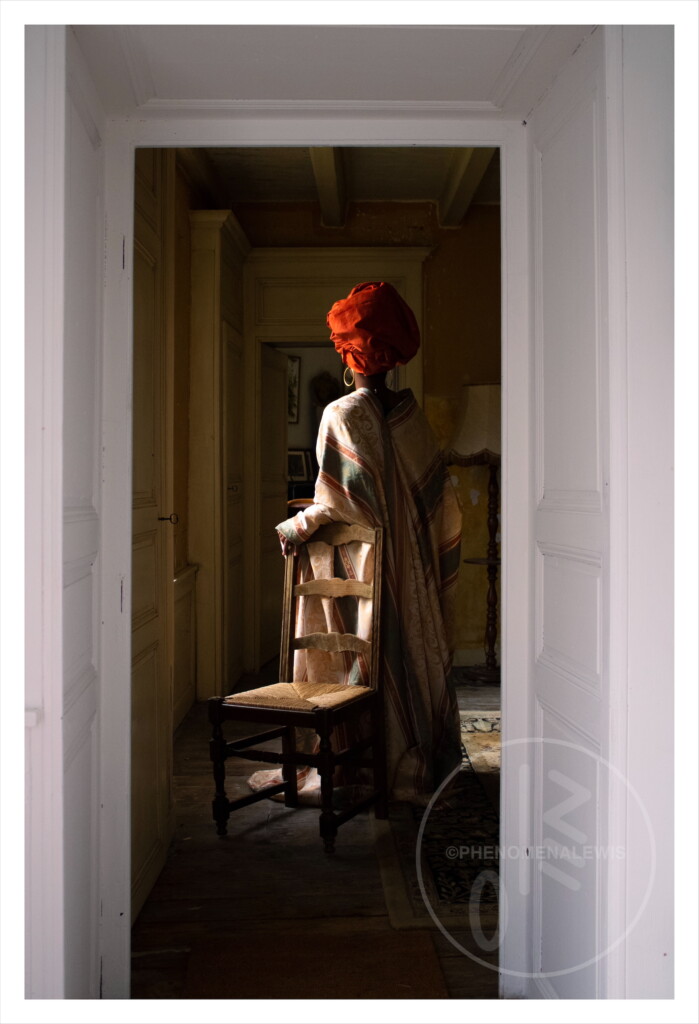
Can you share a moment or experience during a shoot that has impacted you or changed your perspective?
Yes! When I went to France for a four-week art residency program at Château Orquevaux, I started creating longer, storytelling series. The first one that came out of this program was my self-portrait series, “The Lady and The Chair.” It was then that I realized I wanted to focus on more narrative-driven work, creating series rather than just single shots. Of course, I’ll still do single shots, but lately, I’ve found myself working on longer series. It’s exciting!
What is one of the most important lessons you’ve learned from shooting?
An important lesson I’ve learned from shooting is to not get too attached to a photo. It’s okay if I have a shoot that I don’t want to release because it just doesn’t feel like “it” for me. I’m still growing and learning, and I don’t want perfectionism to steal the joy I find in photography or in creating art, period.
Biggest challenges you’ve faced in photography?
The biggest challenges I’ve faced have been part of the journey of improving my craft—out-of-focus shots, grainy images, poor lighting, low exposure, and so on.
What do you hope viewers take away from your photographs?
I want viewers to feel inspired by my photos. I want them to find their own narrative or connect with the one I’ve created, leaving them feeling empowered or enlightened. That’s really all I want.
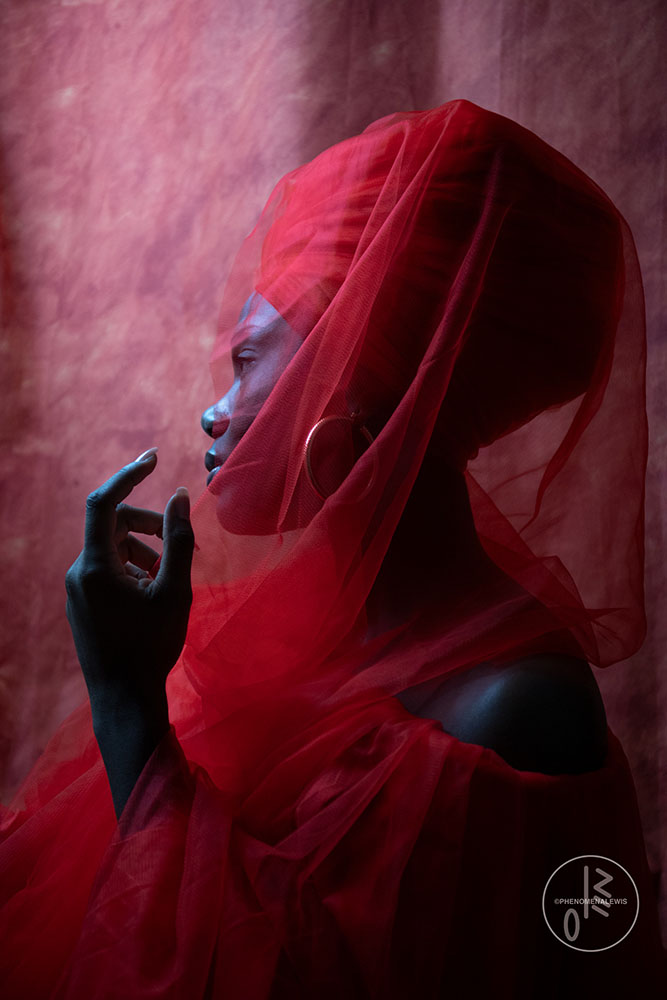
What are some inspirations of yours that stand out?
Some inspiration of mine that stands out in my work is the use of chiaroscuro. It’s mouthwatering, ha-ha! It’s the classical painting trainee in me, I guess. It feels real, it feels right and I always want to include it in my work one way or another.
Words to live by?
“But you, take courage! Do not let your hands be weak, for your work shall be rewarded.” — 2 Chronicles 15 verse 7





